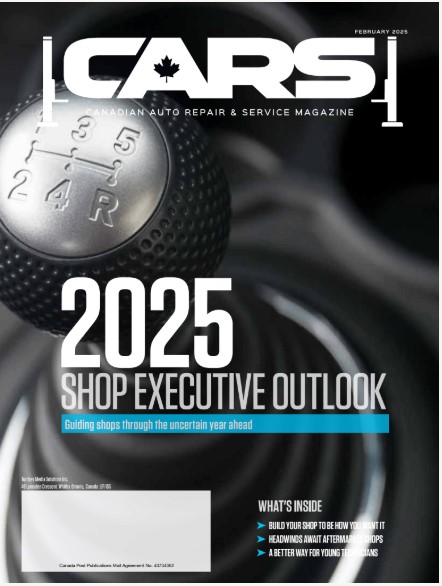
In the automotive aftermarket, there’s an ongoing debate between shops and distributors about the adoption of the 80/20 rule.
This principle aims to enhance service and provide more value beyond just selling parts. It focuses on maximizing relationships with specific jobber partners to drive business value, extending beyond the core function of part sales and can better serve clients and create a more constructive value proposition.
Shop owners often express concerns about the perceived value of their relationship with jobber partners, feeling undervalued despite their loyalty. However, this perspective might overlook key factors.
While corporate initiatives influence some decisions, the primary reason lies in the necessity for a diversified customer base. Relying heavily on a few shops is risky business; jobbers need to spread their engagements across a wide range of clients to mitigate risk and ensure long-term stability. Let’s explore the thinking that goes on behind the scenes.
My experience as a distributor owner has shown that fostering loyalty and collaboration with suppliers can lead to more open discussions on continuous improvement efforts, ultimately benefiting both parties.
In the past, we operated under a certain-model approach, competing to serve a wide range of shops. This strategy required us to cater to a diverse client base, each with varying needs and expectations.
However, when we transitioned to working with NAPA, we noticed a significant shift in our business dynamics. The service-based model that NAPA promotes proved to be more aligned with the needs of our core clients, rather than entry-level shops.
However, this shift also presented challenges, particularly in terms of market pressures dictating pricing.
The NAPA program emphasized service and quality over pricing, which initially seemed like a disadvantage for shops operating on tighter margins. However, this focus on service enabled us to establish stronger, more meaningful relationships with our clients. We were able to engage in more substantive conversations about continuous improvement and long-term collaboration, rather than just negotiating prices.
Adopting the 80/20 rule — focusing on the 20 per cent of clients that bring in 80 per cent of the business — allowed us to become more efficient and profitable. This approach streamlined our operations, enabling us to allocate resources more effectively and prioritize our most valuable clients. However, this shift also presented challenges, particularly in terms of market pressures dictating pricing.
While focusing on our top clients made us more efficient, it sometimes came at the expense of our core shops. Market dynamics, especially competitive pricing pressures, made it difficult to maintain a balanced approach. The 80/20 strategy can lead to vulnerabilities, particularly if issues arise with a major account. Over-reliance on a few key clients can threaten diversification, which is essential for long-term stability in distribution.
In today’s environment, scale is crucial. Distributors must navigate the delicate balance between efficiency and diversification. Leaning too heavily on the 80/20 principle can streamline operations but can also make a business susceptible to significant risks if a large account is lost or if market conditions change unfavourably.
To mitigate these risks, distributors need to maintain a diversified client base. While prioritizing top clients is essential for profitability and operational efficiency, nurturing relationships with smaller, entry-level shops can provide a buffer against market volatility. This dual approach can ensure a steady flow of business while safeguarding against the potential pitfalls of over-reliance on a few major accounts.
Collaboration is key. By working closely with suppliers and clients alike, distributors can foster an environment of mutual growth and continuous improvement. Open communication channels allow for the identification of areas for improvement, the implementation of best practices, and the development of innovative solutions to common challenges.
In conclusion, I believe in the need at both the shop and the jobber level to harvest collaboration and continuous improvement efforts together creating a system of both loyalty and trust that maximizes the profitability of the relationship for both parties.
Our business was built and rebuilt on that premise. I believe there sometimes needs to be a reminder to both shops and the jobbers about how strategies from the 80/20 rule can create a stronger ecosystem together learning from each other on how to become more successful in their own crafts.
Ultimately, the goal is to strike a balance that leverages the strengths of both the 80/20 rule and a diversified client base in terms of business strategy. This, however, is often what comes in the way of really developing collaborative business strategy together above the transactional relationship.
Zakari Krieger is the Fix Network, Canadian vice president of Prime CarCare, responsible for the Canadian retail business, encompassing the Speedy Auto Service and Novus Auto Glass business lines
This article originally appeared in the June issue of CARS













Leave a Reply